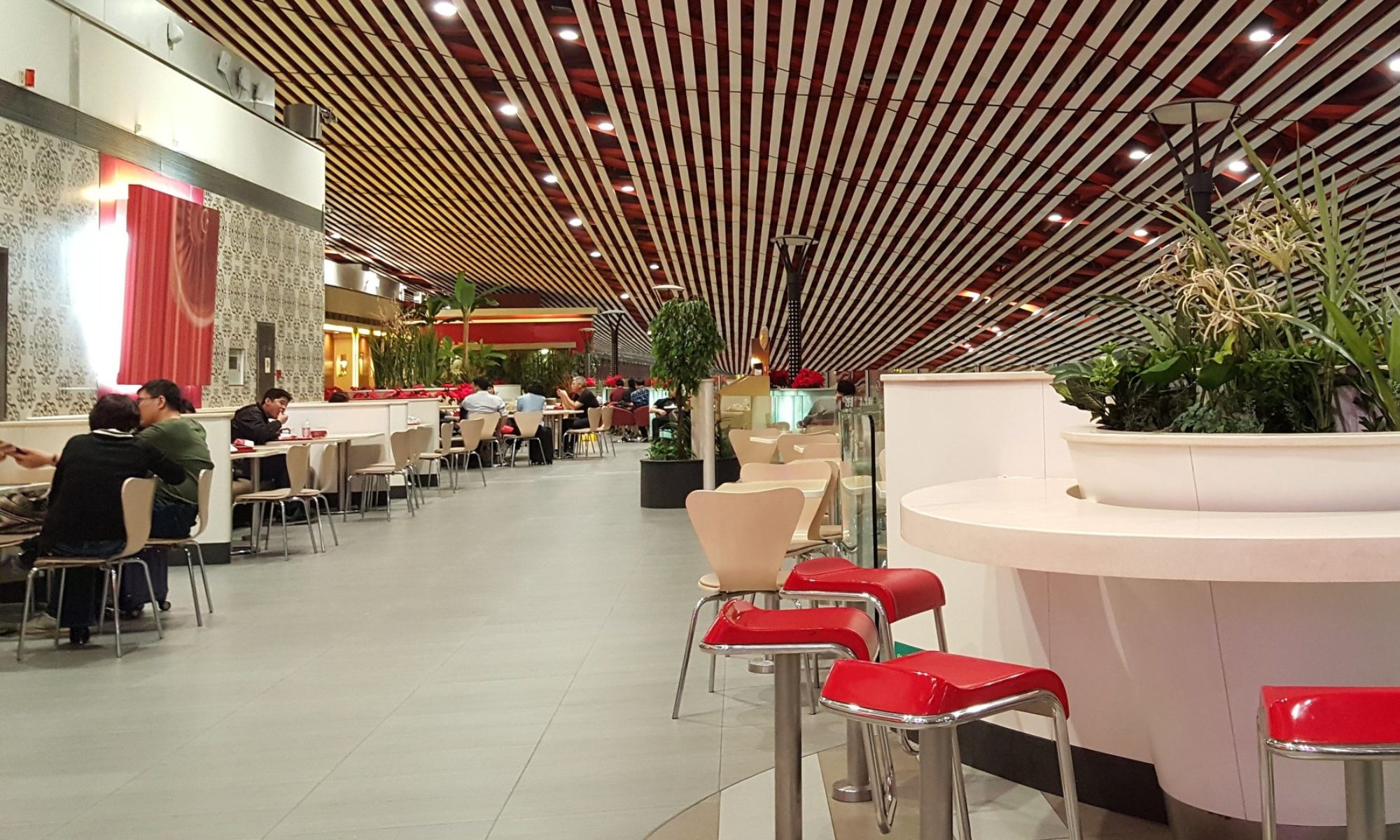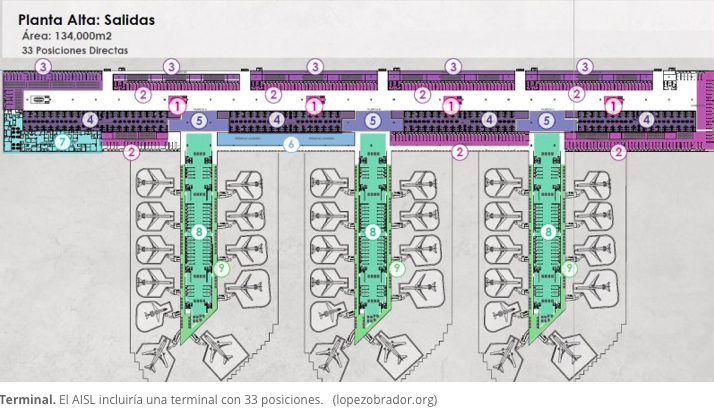 The perceived need to transform the Montijo military air base near Lisbon into a commercial facility for low cost carriers has occupied many column inches. But, a formal project for its conversion is yet to be made public and previous attempts to open a second Lisbon airport, such as one at Alcochete, which was first suggested four decades ago, have foundered.
The perceived need to transform the Montijo military air base near Lisbon into a commercial facility for low cost carriers has occupied many column inches. But, a formal project for its conversion is yet to be made public and previous attempts to open a second Lisbon airport, such as one at Alcochete, which was first suggested four decades ago, have foundered.
Lisbon Airport executive admits airport is “overcrowded” but not “collapsing,” and claims no forecast could have foreseen its recent rapid growth;
Warning signs were there ahead of the explosion in LCC activity in Lisbon, but a number of factors perhaps influenced a more conservative growth;
This all raises a major question over should alternative methods of forecasting be given more prominence.
Now ANA Airports of Portugal’s CCO Francisco Pita has defended the city’s existing Humberto Delgado International Airport gateway, saying “We don’t have a collapsing airport, we have a crowded airport”. He insisted that the airport is not operating beyond its capacity and even argued that it is “missing out” on 1.8 million passengers per annum, implying that there is still spare capacity.
Crucially, Mr Pita rejected any “negligence” in planning for the future, stating that no study predicted the current growth rate the airport is experiencing. Two sets of questions arise out of this. Firstly, how has Lisbon’s only airport grown so quickly and could it have been foreseen? Secondly, how is passenger traffic forecasting undertaken and should the methodology change?
Historically, Lisbon Airport was an underachiever. It only broke through the 10 million ppa barrier in 2004, the same as the country’s population, which has varied up and down (currently down) between nine million and 10.5 million in the period 1960-2018. In the same year Madrid Airport handled almost four times as many, nearly 39 million. Both countries are the facing link between Europe and Latin America.
Serious growth was never going to come from a colonially focused and risk-averse TAP Air Portugal and its wholly owned subsidiary Portugalia and it was only in 2014 that it took off, despite the physical limitations of being hemmed in by urban developments on all sides.
Since then (2014-2017), the average annual growth rate has been +13.6%, adding over two million passengers each year. The new owner, Vinci Airports, which took over ANA, has been adding infrastructure but arguably not quickly enough and a master plan developed in 2017 is concerned as much with Montijo as the existing airport.
The catalyst for growth was partially easyJet’s opening of a Lisbon base in 2011 but mainly that of Ryanair’s base project in 2014. Since then those two airlines have moved to a position where they have a little less than 20% of the seat capacity, roughly the rate of passenger growth in international passengers in 2017-18.
TAP remains the dominant carrier in Lisbon, but LCCs are growing their presence and hold the second, third and fourth positions based on weekly seat capacity.
In order to deal with the threat TAP fought back, rebranding the ageing Portugalia as TAP Express and dumping its Fokker 100 and ERJ-145 fleet, replacing them with new E190 and ATR 72 equipment, thus enhancing its own prospects.
Could this rapid growth that ensued have been forecast? One must bear in mind that the (95%) takeover of ANA by Vinci was approved in Jun-2013, a little before Ryanair established its base there. Such transactions always create a planning hiatus of a couple of years or so while management functions are fashioned, removed or revised.
It is not the best time to be undertaking any sort of master planning and any forecasts commissioned and generated would have cautiously taken into account the declining growth levels of the previous years as the base point.
The warning signs were there though. From 2011 to 2014 Western Europe’s LCC seat ratio grew by 1.1 percentage points more than did Portugal’s and in neighbouring Spain where they were more established 56.3% of seats were on those LCCs compared to 43% in Portugal in 2014.
One must also consider the very nature of traffic forecasting itself, one that has been under review by organisations such as ICAO in recent years. Most airports and third-party forecasters still use the favoured quantitative methods of econometric forecasting using regression models which permit the relationship between two or more variables to be examined. Such models are particularly suited to long-term forecasting but “long-term” in the air transport business is shrinking.
Moreover, qualitative (judgemental and intuitive) methodology, having been sidelined, is making a comeback as a result of that shrinkage because it is better able to take into account the political and economic trends that influence everything. Would a regression model have been able to forecast the election of President Trump? Probably not, but qualitative forecasting did.
Some forecasters now use essentially GDP (macro and micro-economic) data, qualified by economic and business forecasts and trends that no machine could ever discern such as the sudden surge in popularity of Lisbon as a short break destination. Much the same could be said of Iceland, which defied all econometric forecasts by having a volcanic eruption (which grounded half of Europe’s air fleet!), which gained global notoriety, at the same time as the value of its currency halved during a financial crisis, making the place actually affordable to visit.
In the circumstances perhaps another forecast is called for before the Montijo conversion project is finalised.




 The perceived need to transform the Montijo military air base near Lisbon into a commercial facility for low cost carriers has occupied many column inches. But, a formal project for its conversion is yet to be made public and previous attempts to open a second Lisbon airport, such as one at Alcochete, which was first suggested four decades ago, have foundered.
The perceived need to transform the Montijo military air base near Lisbon into a commercial facility for low cost carriers has occupied many column inches. But, a formal project for its conversion is yet to be made public and previous attempts to open a second Lisbon airport, such as one at Alcochete, which was first suggested four decades ago, have foundered.
 The Incheon International Airport Corp. (IIAC) will work together with Filipino multinational company San Miguel Corp. on developing the Philippines’ new airport near Manila.
The Incheon International Airport Corp. (IIAC) will work together with Filipino multinational company San Miguel Corp. on developing the Philippines’ new airport near Manila.